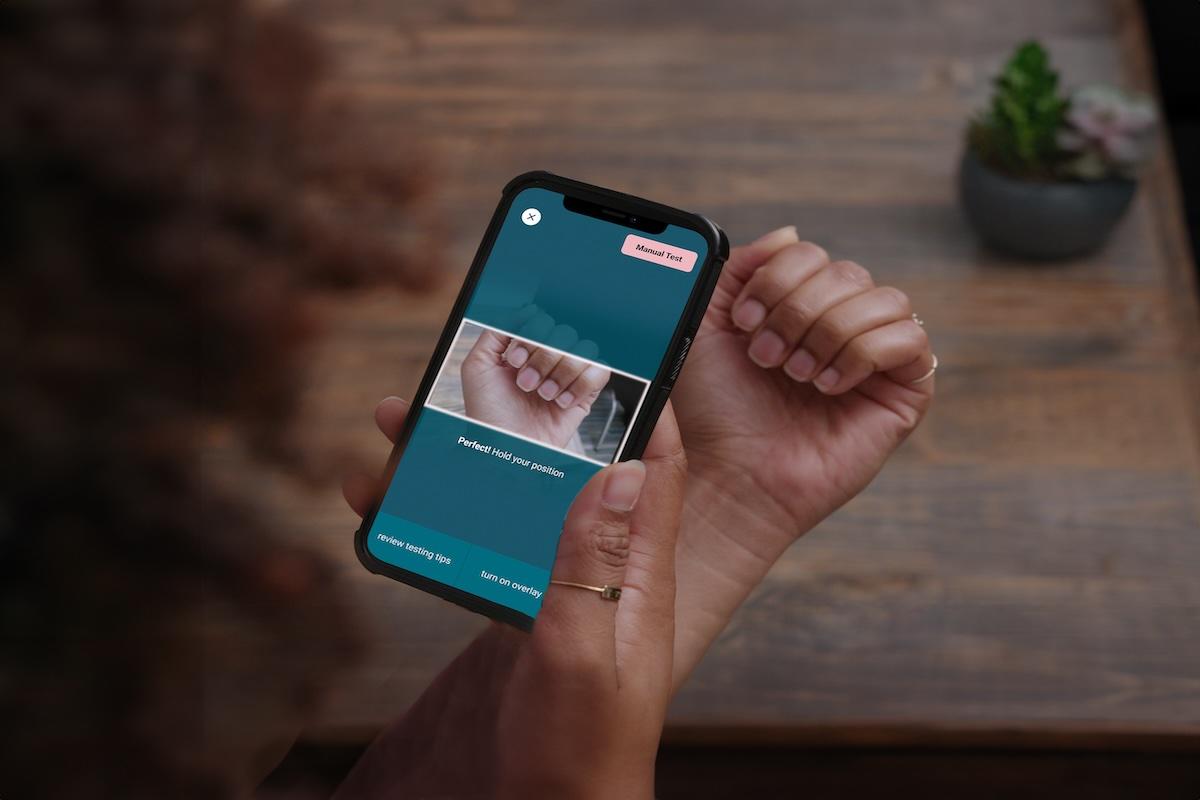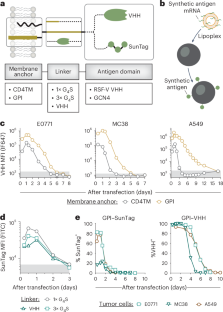2025-05-13 ジョージア工科大学

<関連情報>
- https://research.gatech.edu/photo-fingernail-can-now-be-used-detect-and-monitor-anemia-emory-research-finds
- https://www.pnas.org/doi/10.1073/pnas.2424677122
AIを活用した非侵襲的貧血スクリーニングスマートフォンアプリの実世界実装とヘモグロビン値自己モニタリングのためのパーソナライゼーション Real-world implementation of a noninvasive, AI-augmented, anemia-screening smartphone app and personalization for hemoglobin level self-monitoring
Robert G. Mannino, Julie Sullivan, Jennifer K. Frediani, +5 , and Wilbur A. Lam
Proceedings of the National Academy of Sciences Published:May 13, 2025
DOI:https://doi.org/10.1073/pnas.2424677122
Significance
Although smartphone-based approaches are steadily decentralizing healthcare delivery from the clinic to the home, no digital health approaches can noninvasively replace blood-based testing for anemia. Moreover, even fewer medical smartphone-based technologies have been successfully clinically translated or implemented in the real world. To that end, we developed a noninvasive, AI-augmented smartphone app that can estimate hemoglobin (Hgb) levels using a “fingernail selfie.” In this work, we demonstrate and describe the real-world assessment of the smartphone app after it has been used more than 1 million times. Given the noninvasiveness of the system and the broad accessibility and usage of smartphones in the modern era, this app has the capability to function as a highly scalable and accessible anemia surveillance tool.
Abstract
Anemia, characterized by low blood hemoglobin (Hgb) levels, afflicts >2 billion individuals worldwide. Here, we report real-world data generated by a smartphone app that noninvasively screens for anemia using only “fingernail selfies.” App data for anemia screening were obtained from >1.4 million uses across the United States enabling geographic mapping of Hgb levels. Of those, 9,061 users also self-reported complete blood count Hgb levels for comparison, resulting in accuracy and performance that match gold standard laboratory testing and a sensitivity and specificity of 89% and 93%, respectively, when using an anemia cutoff of 12.5 g/dL. Geotagged data enabled construction of an “anemia map” of the United States, which demonstrated that Hgb levels correlate with socioeconomic status, and that the app is more likely to be used in counties with higher median income counties, more Black residents, and more primary care physicians. In addition, “personalization” of the app’s AI-augmented algorithm empowers self-monitoring of Hgb levels for those already diagnosed with anemia, such as chronic kidney disease (CKD) patients. After personalization, the app’s mean absolute error improved from 1.36 to 0.74 g/dL (P = 3.13E-11) and from 0.69 to 0.57 g/dL (P = 0.006) for CKD patients and real-world users with known anemia, respectively. Given its scalability, noninvasiveness, and geotagging capabilities, this app has the potential to enhance public health initiatives by screening an entire population for anemia coupled with geographic mapping. Moreover, personalization of the app enables individuals to serially monitor their Hgb levels instantaneously and remotely.


